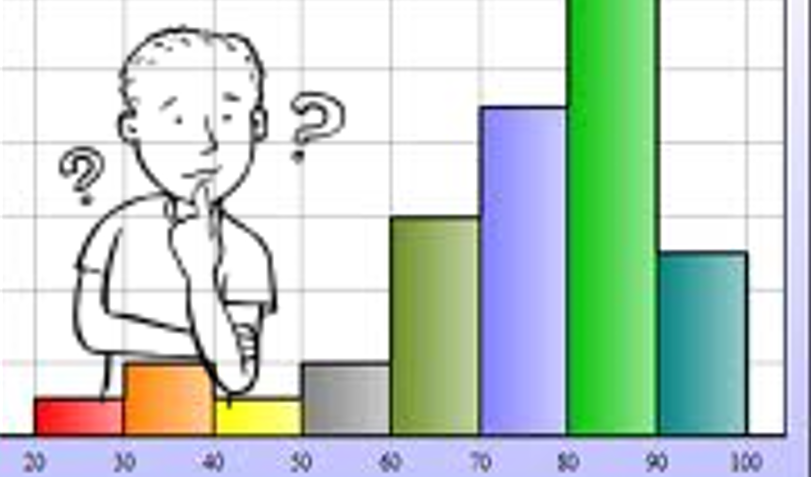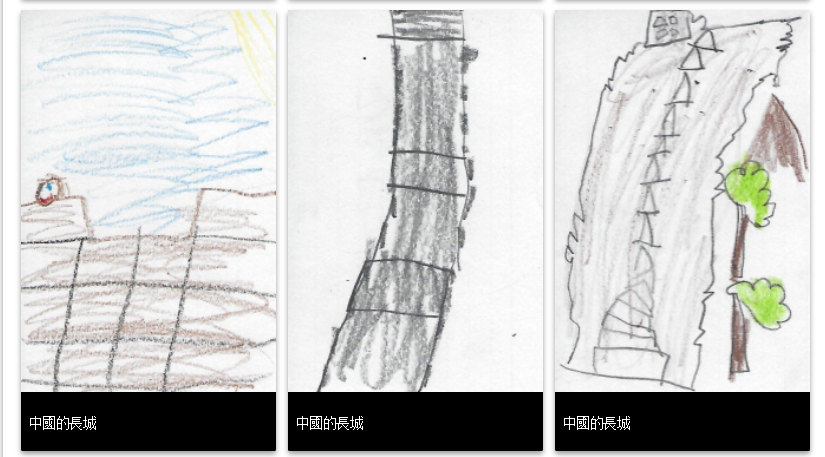Summary
Students selected and collaboratively researched a plant of interest located in a specific region of the United States using Google Docs and Drawing. Students were asked to “Think like a Botanist” and imagine their plant had recently become endangered. They were asked to determine the possible causes, effects, and solutions of the plant’s endangerment. Students acquired information and images of their plant and region to create a digital scrapbook using Mixbook. The students shared their Mixbook projects with peers who researched a plant within the same region of the USA. Finally, the students, grouped by region, were then asked to design a hybrid plant that would survive & be beneficial within their region. Furthermore, each group made a video presentation convincing the population of this region to begin growing this plant.
TIPC Ratings
This project is Ideal/Target in Research and Information Fluency. By “thinking like botanists”, the students created questions and guided their research in order to address the real life problem of plant endangerment. They used information from various sources to determine the possible causes, effects, and solutions of the plant’s endangerment. The students utilized print and online sources, such as Google Docs, books, and encyclopedias for information about their plants and to determine the best way to format the information within both their Mixbook & iMovie presentations.
This project is Ideal/Target in Communication and Collaboration. Students selected their research based on plant interest and worked together to address an authentic task. They used Mixbook to create an online scrapbook sharing their research. They viewed one another’s Mixbook presentations and compared/contrasted the characteristics of each other’s plants. This enabled the teams to draw conclusions & make generalizations about plant adaptations within seven regions of the United States. The students worked collaboratively to design a model of a hybrid plant that could survive and/or adapt within their region. Before constructing the model, the groups collaborated digitally using Google Docs. The teams of botanists from each US region were asked to convince the people living in their region that it would be possible and beneficial for this new plant to be grown there. They created iMovies to showcase how their hybrid plant could be beneficial to their region. They collaborated with their groups using Google Drawing to brainstorm how to make the presentations as effective as possible. Both the Mixbook presentations and iMovies were embedded in the classroom blog. Students reflected on their roles as collaborators.
This project is Ideal/Target in Critical Thinking and Problem Solving. Students used Sandra Kaplan’s model of depth and complexity to familiarize themselves with the discipline of a botanist. They were able to identify authentic trends, problems, and connections in the field of botany. Students generated their own questions to guide research and utilized this information when designing their hybrid plant. Students encountered design issues and had to make collaborative choices. When creating the final presentation, the students were asked to think about what makes a GREAT presentation? They collaborated with their groups using Google Drawing to brainstorm how to make the presentations as effective as possible. Students had to justify the reason why their hybrid plant would survive/adapt in their region, and how this plant would benefit the population living there. When completing the feedback form, the students were asked to reflect on challenges they faced and if there were anything they would have done differently after viewing the final presentations of their peers.
This project is Ideal/Target in Creativity and Innovation. The students had to synthesize the information generated from research about which characteristics enabled a particular plant to survive within their region. They used this information to create a hybrid “super” plant that would be guaranteed to survive within their region. They were given the choice to use what materials they needed to design and build a model of their hybrid plant. Student products varied and displayed innovation and risk-taking. Some of technology tools they used: Pages, Mixbook, iMovie, Google Docs, Google Drawing, Photobooth. Students reflected on their choices for their group products and the overall classroom project.





